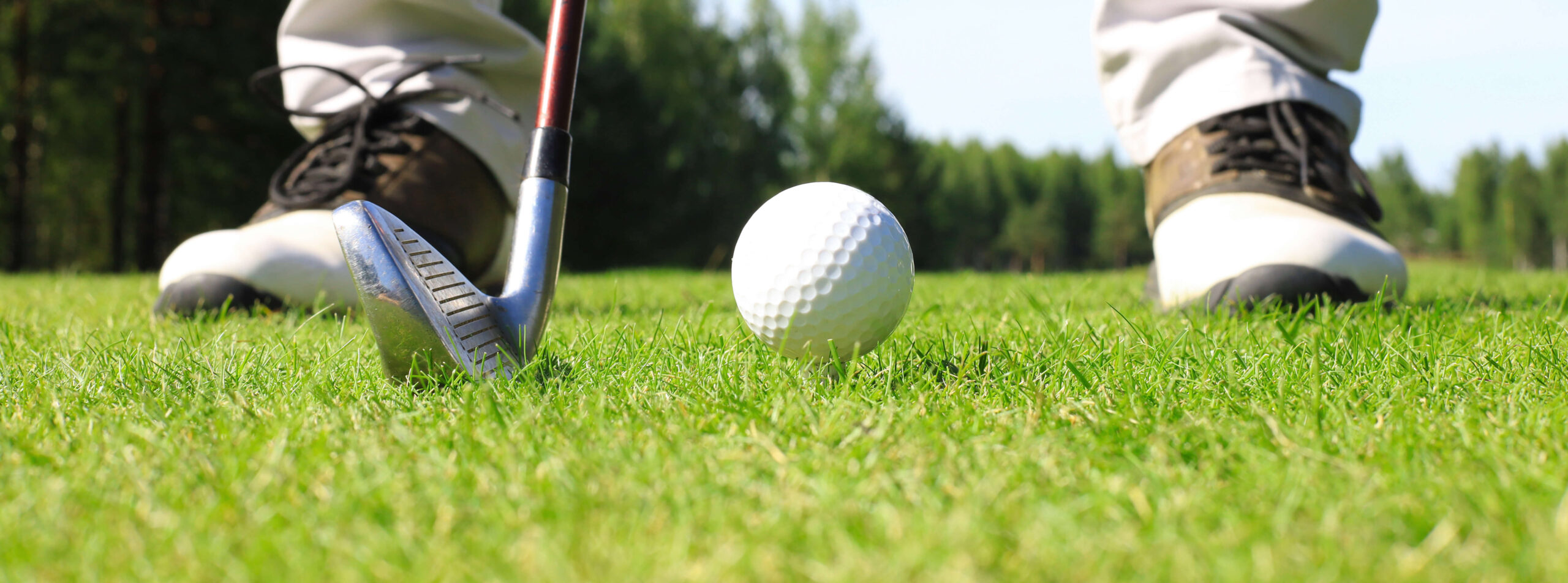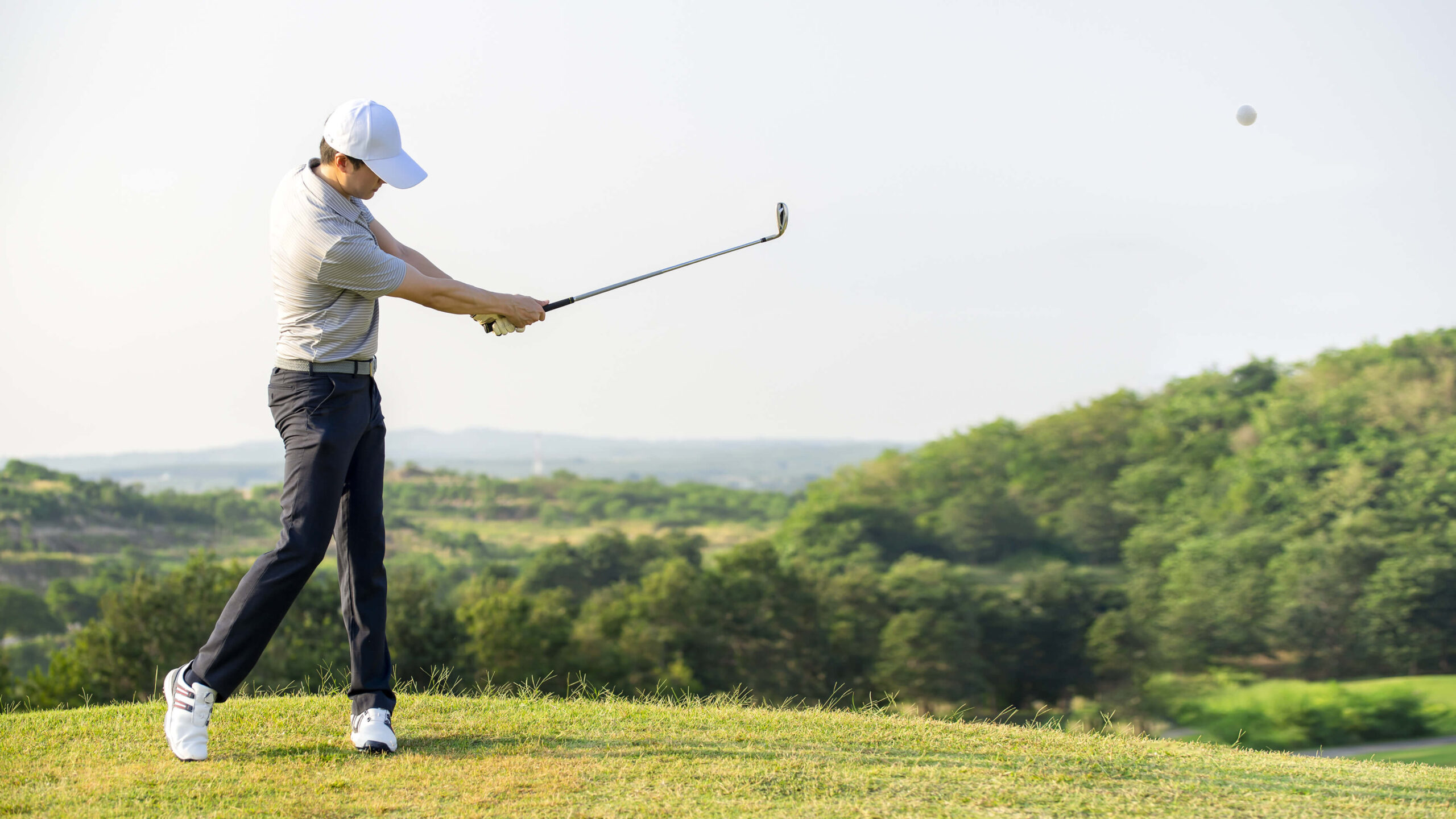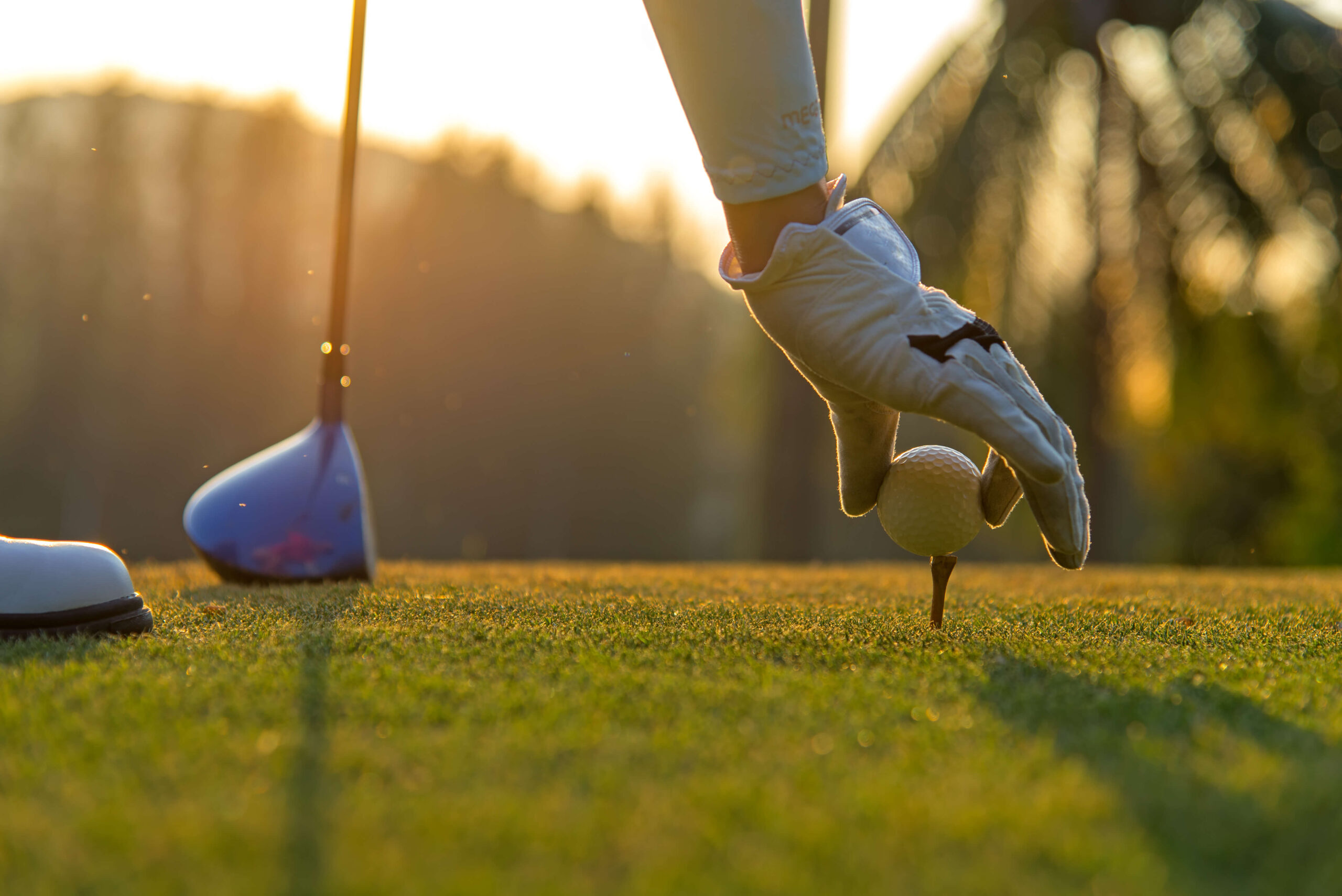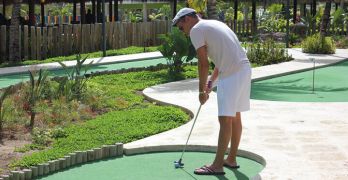Approach shots in golf can make or break your round. Whether you’re aiming for the green from the fairway or navigating hazards, the ability to hit accurate and consistent approach shots is crucial for scoring well.
Here are some tips to help you become more consistent with your approach shots and improve your overall game.
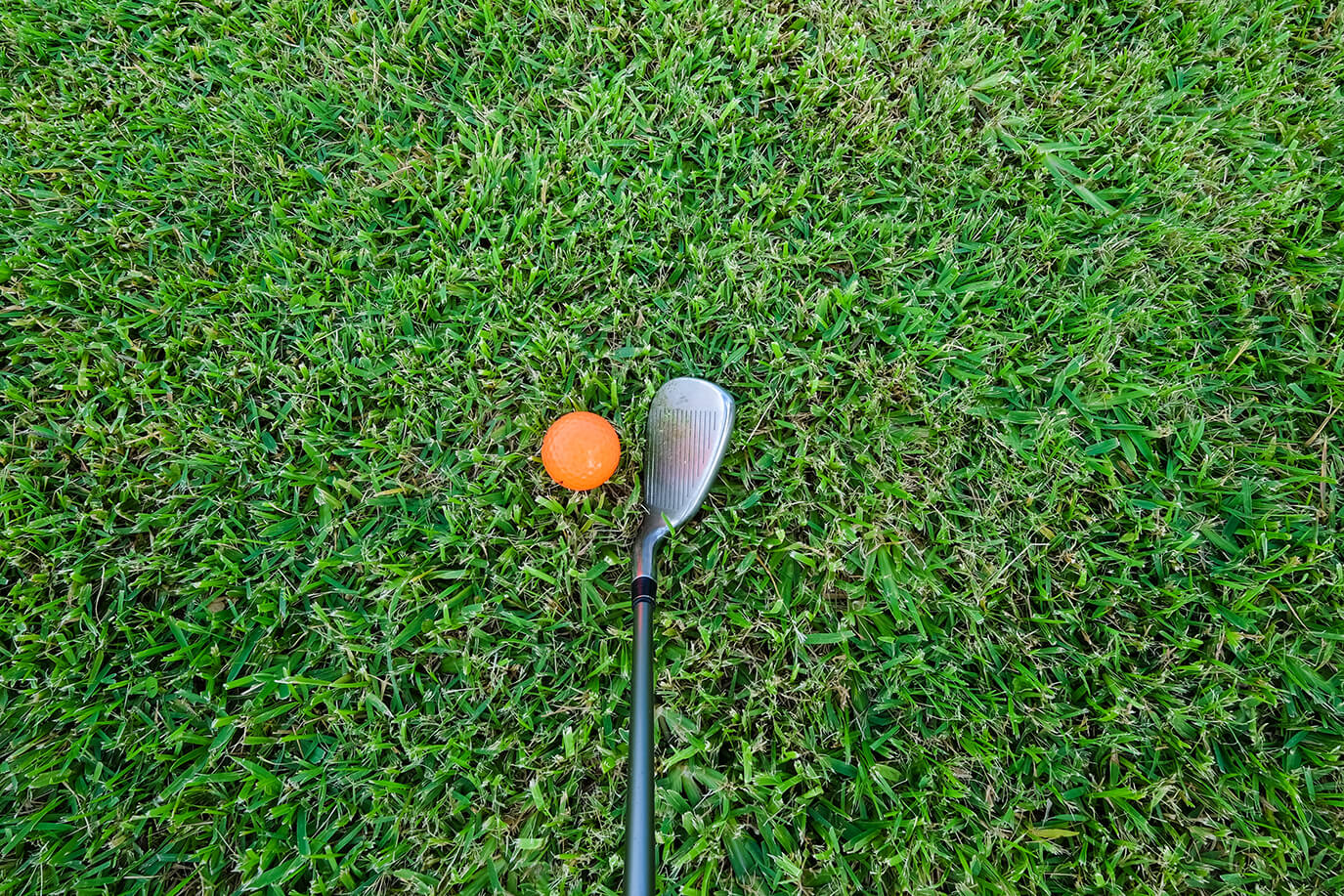
Understand Your Distances
One of the keys to consistent approach shots is knowing how far you hit each club in your bag. Spend time on the driving range or practice area measuring your distances with each club, paying attention to both carry distance and total distance.
Once you have a good understanding of your yardages, you can confidently select the right club for each approach shot, increasing your chances of hitting the green or getting close to your target.

Focus On Setup
Proper setup is essential for consistent ball striking on approach shots. Pay attention to your stance, alignment, and ball position. Your feet should be shoulder-width apart, with the ball positioned slightly ahead of center in your stance.
Align your body parallel to the target line, and aim the clubface squarely at your intended target. A solid setup promotes a more natural and repeatable swing, leading to more consistent results.
“A lot of this stuff, to be very simple, you can do through your setup,” explains Scottish pro tour champion Rory McIlroy.

Practice with Purpose
Effective practice is key to improving your approach shots. Instead of mindlessly hitting balls on the driving range, practice with specific goals in mind.
Work on hitting different types of approach shots, such as high and low trajectories, and practice shaping your shots to navigate around obstacles. Incorporate target-oriented drills and games into your practice routine to simulate on-course situations and improve your ability to execute under pressure.
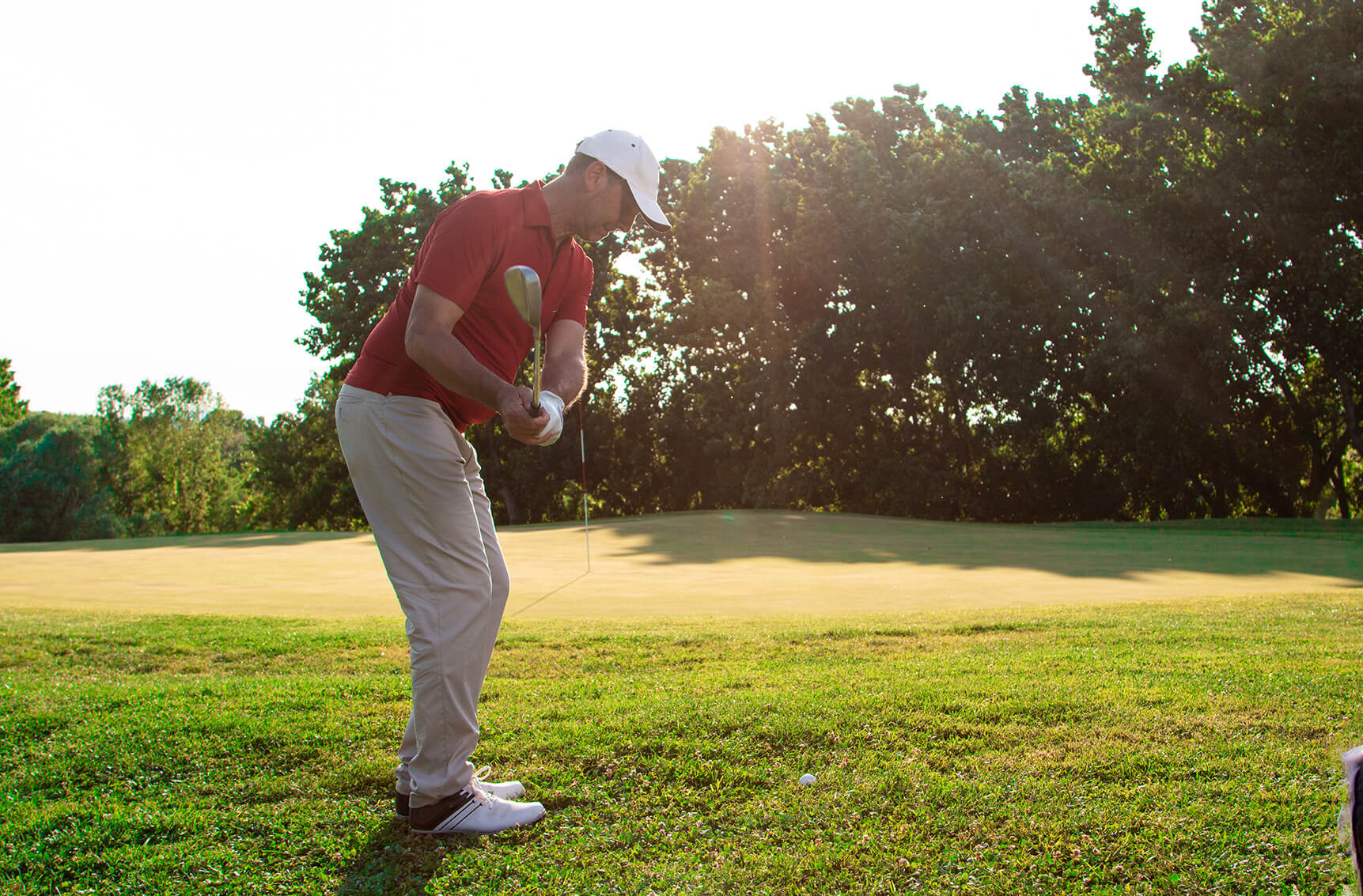
Focus On Tempo and Rhythm
Maintaining a smooth and consistent tempo is crucial for reliable approach shots. Focus on swinging the club with a steady rhythm, avoiding any sudden or jerky movements.
A controlled and balanced swing promotes better contact with the ball and helps ensure that you deliver the club to the ball consistently. Practice tempo drills and exercises to develop a smooth and repeatable swing motion that you can rely on when it counts.

Visualize the Shot
Visualization is a powerful tool for improving your approach shots. Before each shot, take a moment to visualize the trajectory and landing spot of your shot in your mind’s eye. Imagine the ball flying towards the target and landing exactly where you want it to.
Visualizing successful shots helps you build confidence and focus, leading to more consistent execution on the course.

Manage Misses
Even the best golfers miss greens from time to time, but learning to manage your misses can help you save strokes and maintain momentum.
Develop a repertoire of recovery shots for different lies and situations, such as chip shots from around the green or bunker shots from greenside bunkers. Practice these shots regularly so that you can confidently execute them when needed, minimizing the damage from wayward approach shots.
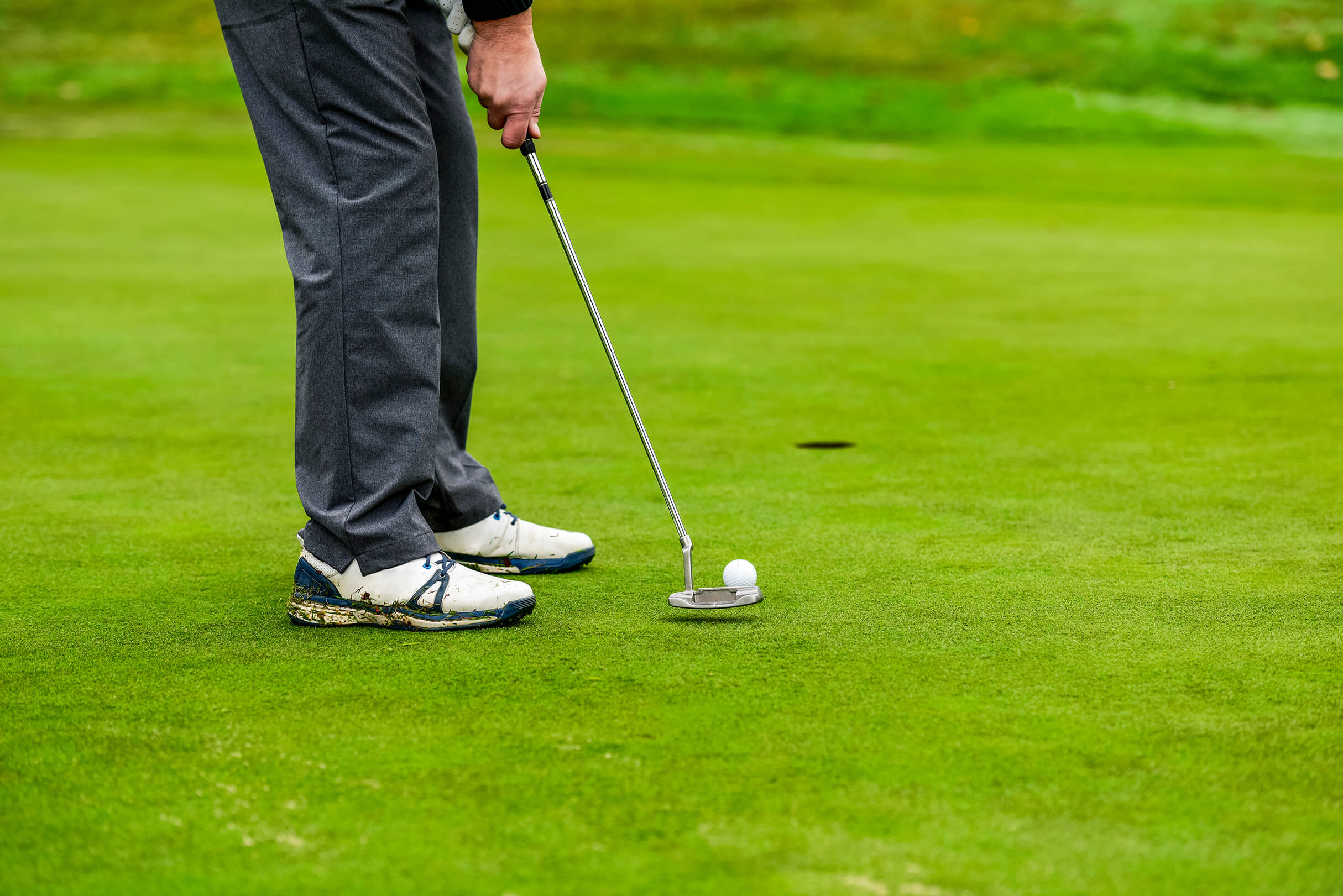
Stay Positive and Patient
Improving your consistency on approach shots takes time and effort, so it’s essential to stay positive and patient throughout the process. Focus on the progress you’re making rather than dwelling on the occasional bad shot, and trust in your ability to improve with continued practice and dedication.


